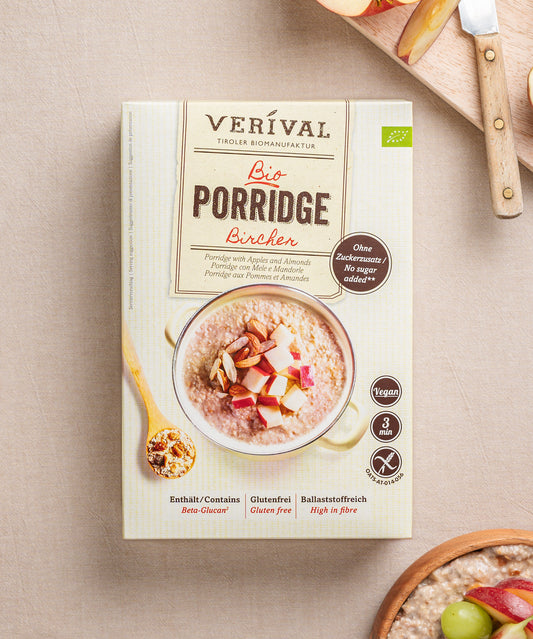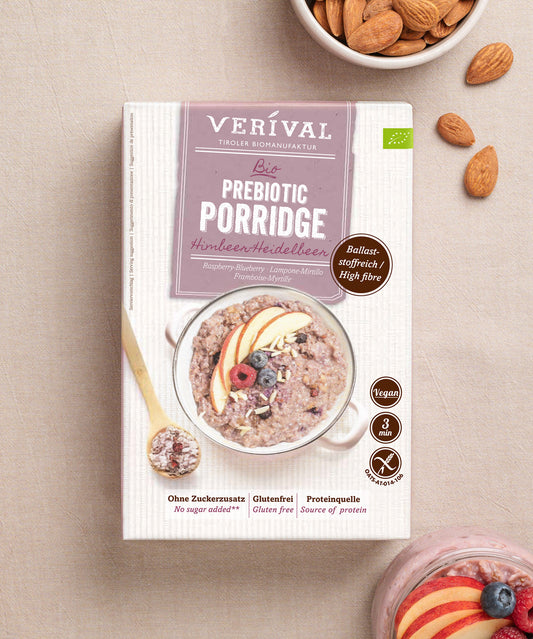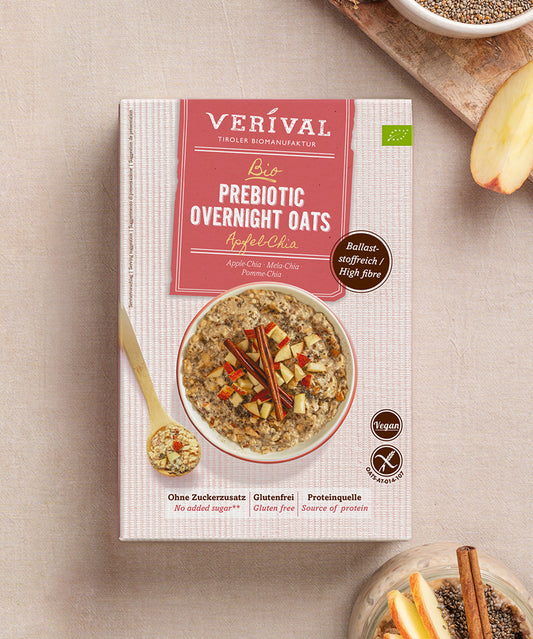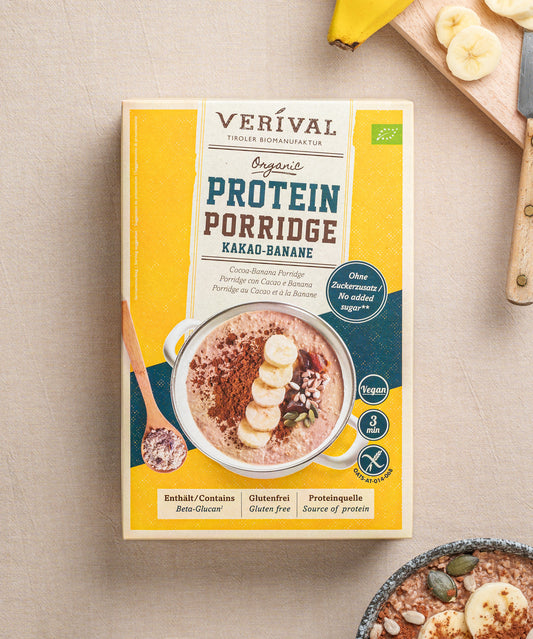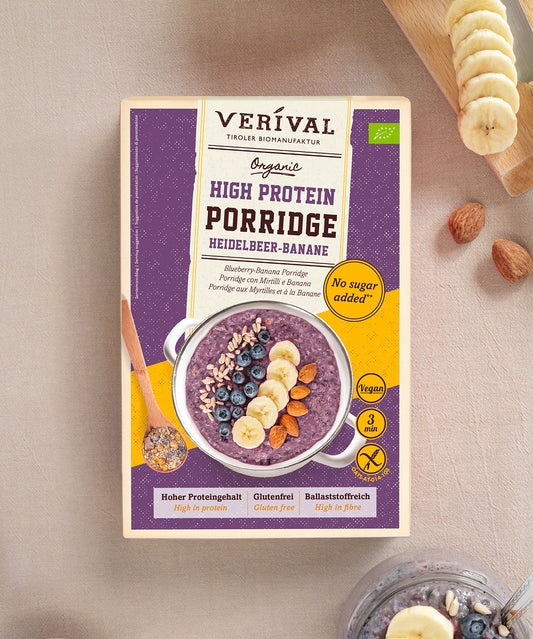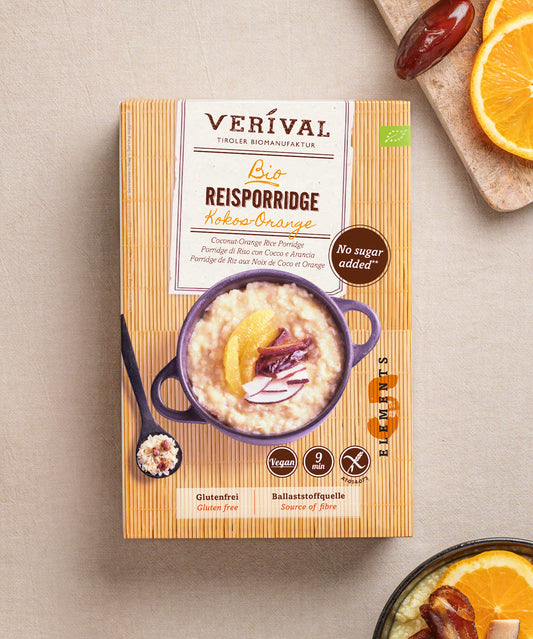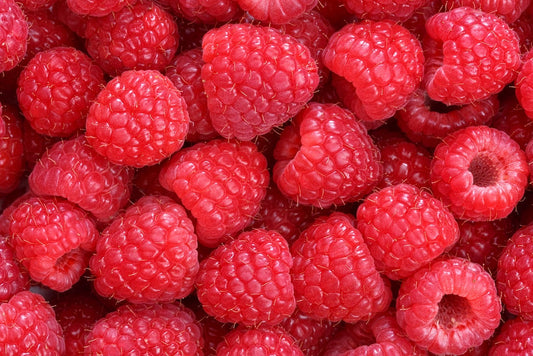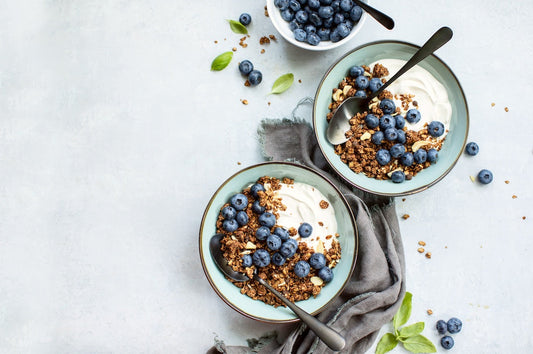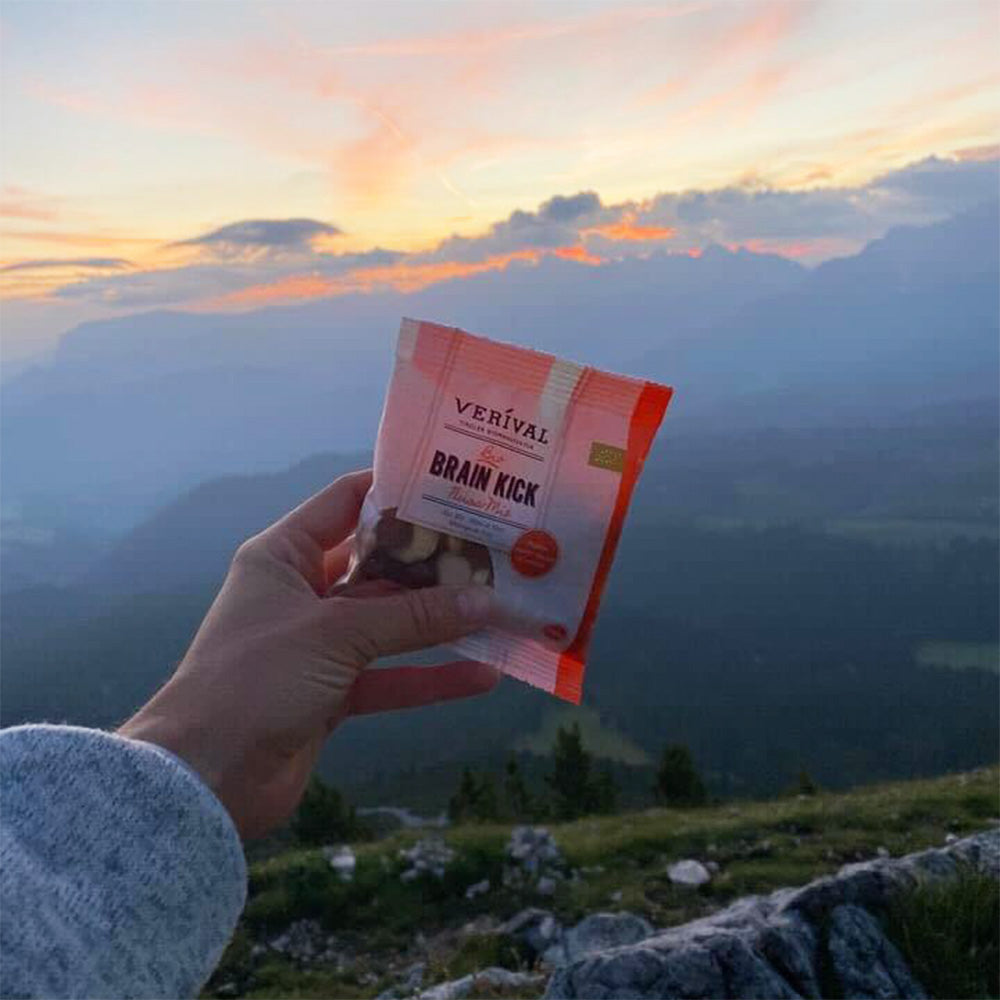Have you ever used a BMI calculator? The body mass index (BMI) calculates your body weight and height. This way, you can find out whether you tend to be normal, overweight, or underweight.
If you do a lot of sports, there are a few things to keep in mind when using a BMI calculator. It is possible that your result does not reflect the actual state of your body.
However, there are reasons for the lower or higher BMI in athletes. Especially in endurance sports, you may be considered underweight according to BMI – but you still have nothing to worry about.
In this article, we'll look at what you, as an endurance athlete, can keep in mind when looking at your BMI. And you will learn how to get the most out of your training with oats and oatmeal.
Do endurance athletes have a lower BMI?
When calculating the BMI of athletes, many endurance athletes, for example runners, find that their BMI seems too low. However, this is not necessarily because they are really underweight.
Running is a sport that is predestined to burn a lot of calories when done regularly – at a good speed of around 600 calories per hour.
This causes fat reserves to melt away over time. At the same time, muscles build up, but not nearly to the extent seen in strength athletes, for example.
This is a good thing, because if you want to run fast, you should be strong but still light. It is important to find the right balance here.
BMI, which is calculated only on the basis of weight and height, cannot reflect this complex interplay on its own.
Incidentally, this applies not only to jogging but also to other endurance sports, such as inline skating or cycling.
Which endurance athletes have a high BMI?
When calculating their BMI, endurance athletes tend to have a low BMI. On the other hand, an apparently high BMI is often found in strength athletes.
Although they have a very low body fat percentage, they have a lot of muscle mass.
Nevertheless, as an endurance athlete, you may also be affected by a BMI that is too high. This is the case if you also do strength training in addition to endurance sports.
Because muscle weighs more than body fat, your BMI will increase accordingly. As a result, strength athletes would be classified as overweight, even if they are not.
A fallacy like this can be unsettling at first, because being overweight puts a strain on the cardiovascular system, for example. That's why the overall condition of the body should be taken into account.
The BMI in endurance sports – what does it tell us?
In sports – this applies to both strength sports and intensive endurance sports – the significance of the BMI as an indicator of health may be less important.
Nevertheless, it can provide a good starting point. For example, if you do not pursue your sport at a professional level. In this case, the BMI can give you a first impression of your physical condition.
It can also motivate you to get more exercise if you want to improve your BMI to a personally better value.
Healthy nutrition for endurance athletes
Especially in endurance sports, you need high-quality energy for the whole body. The kind that stays with you for a long time during training and helps you achieve your desired BMI or fitness goals.
That's why proteins and fiber play such an important role in sports. The energy they provide you with is slowly broken down by the body and you can benefit from it for longer.
What's more, proteins are important building blocks for muscle growth.
To ensure that your body gets everything it needs for sports, we at VERIVAL have developed our Protein Porridge.
Because oats and oat flakes are high-quality sources of proteins and dietary fibres. They also contain energy-providing, complex carbohydrates.
We only use high-quality ingredients. So you can start your training well prepared.
And, unlike products with whey protein, oats, as a vegetable source of protein, are also suitable for vegan athletes.
By the way: in addition to our protein porridge, you will also find protein muesli and other delicious products for your sport at VERIVAL.



